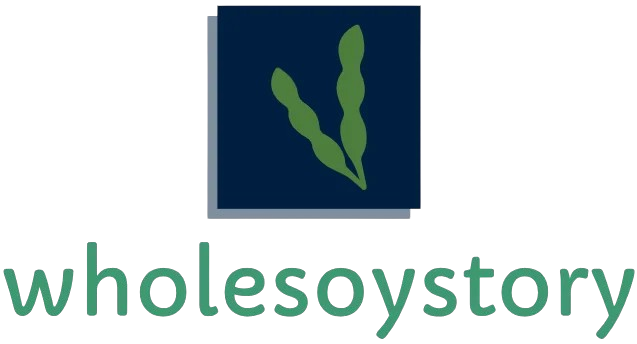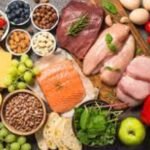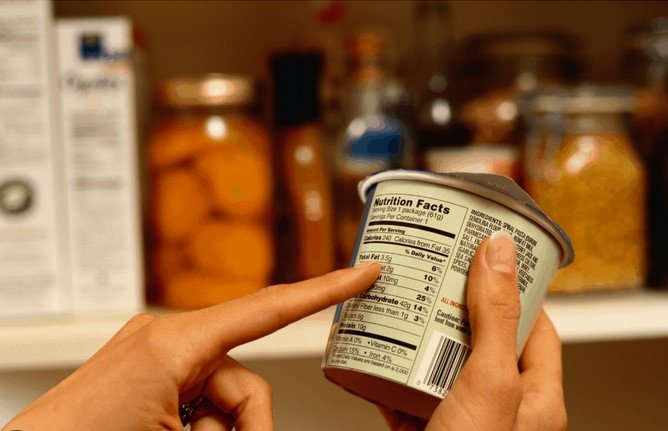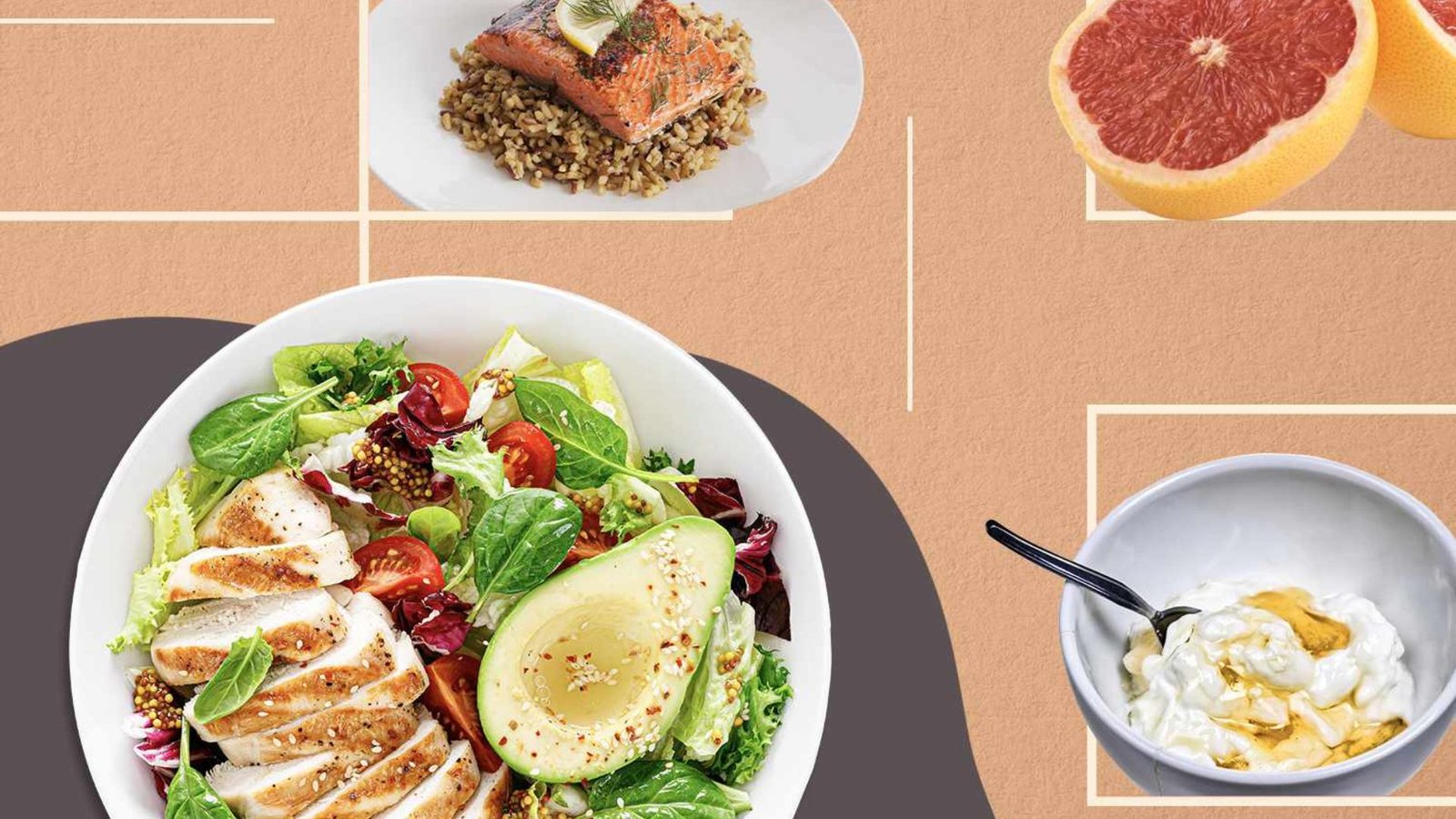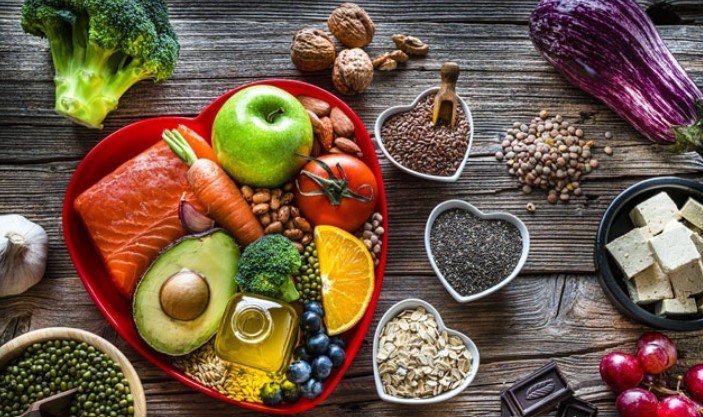Understanding how to read nutrition labels is essential for making informed food choices. Nutrition labels provide important information about the nutrients and ingredients in the foods you eat, helping you make decisions that support your health and well-being. In this post, we’ll guide you through the key components of a nutrition label and explain how to use this information to improve your diet.
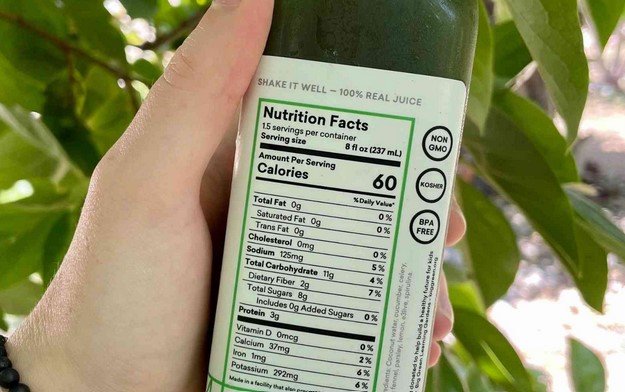
Understanding the Serving Size
The first thing to look at on a nutrition label is the serving size. The serving size tells you how much of the product is considered one serving. This is crucial because all the nutrient information on the label is based on that amount. Pay attention to the serving size to ensure you’re not consuming more or less than what’s listed. For example, a bag of chips might list a serving size as 1 ounce, but you may eat several ounces in one sitting, which means you need to adjust the nutritional information accordingly.
Checking the Calories
Next, check the calories per serving. This will tell you how many calories you’re consuming with one serving of the product. Keep in mind that your daily calorie needs vary depending on factors like age, sex, and activity level. By understanding the calorie content of foods, you can better manage your energy intake and make choices that align with your health goals.
For example, if you’re aiming to lose weight or maintain your current weight, it’s important to monitor the number of calories you consume throughout the day. Look for foods with fewer calories per serving, but don’t sacrifice nutrition for lower calories.
Looking at the Nutrients
Nutrition labels also provide information about the key nutrients in the product. Pay attention to the following:
- Total Fat: This includes saturated fats, trans fats, and unsaturated fats. While some fats are necessary for good health, too much saturated or trans fat can increase the risk of heart disease. Choose products with lower amounts of saturated fat and avoid trans fats entirely.
- Cholesterol: Check the cholesterol content in the product. While dietary cholesterol may not affect blood cholesterol for everyone, it’s still important to be mindful of excessive intake.
- Sodium: Too much sodium can raise your blood pressure and increase the risk of heart disease. Aim to limit sodium intake by choosing foods with less than 20% of your daily recommended value per serving.
- Total Carbohydrates: This includes sugars, fiber, and starches. Fiber is particularly important for digestion and heart health. Look for products with higher fiber content to support a healthy digestive system. Keep an eye on added sugars, which can contribute to weight gain and increase the risk of chronic diseases.
- Protein: Protein is essential for building and repairing tissues, and it helps keep you feeling full longer. Make sure to include enough protein in your diet, especially if you’re active or trying to build muscle.
Paying Attention to Vitamins and Minerals
Most nutrition labels list the percentage of daily value (%DV) for important vitamins and minerals, such as Vitamin D, calcium, iron, and potassium. These percentages indicate how much of the nutrient is in one serving compared to the daily recommended amount.
For instance, a food product with 20% of your daily calcium needs can help support strong bones. It’s especially important to choose foods that are high in nutrients like Vitamin D (for bone health), potassium (for heart health), and iron (for energy and red blood cell function).
Understanding the Ingredient List
Finally, always check the ingredient list. Ingredients are listed in order from the most to least used. The first few ingredients will make up the bulk of the product, so pay attention to whether the first ingredients are whole foods or refined grains. Avoid products with long ingredient lists that include artificial additives, preservatives, or excessive sugar. Look for foods with fewer and more recognizable ingredients, as they are typically healthier choices.
Conclusion
Learning how to read nutrition labels effectively is an important skill that helps you make healthier food choices. By understanding serving sizes, calories, nutrients, and ingredient lists, you can choose foods that align with your health goals. Keep in mind that reading labels is just one part of a balanced diet, and it’s important to focus on whole, nutrient-dense foods to achieve optimal health. With practice, you’ll become more confident in making informed decisions at the grocery store.
